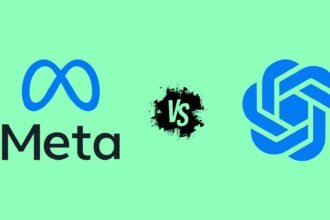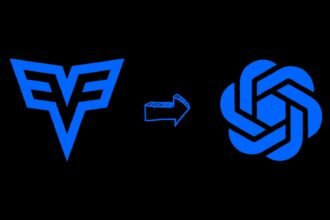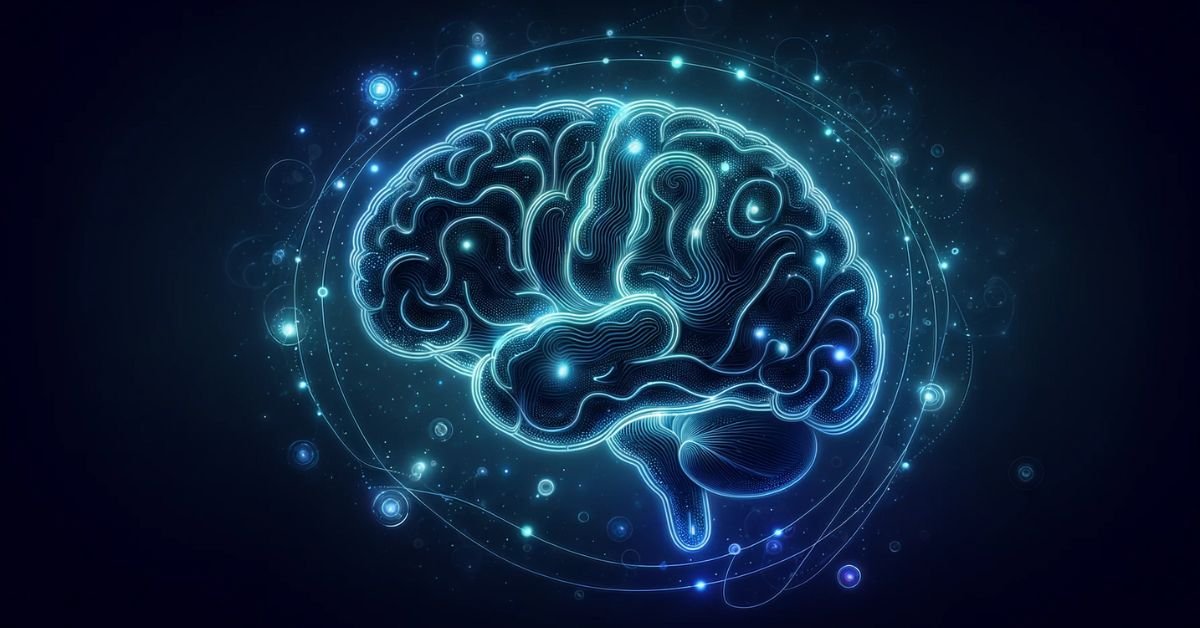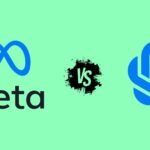Natural language processing (NLP) refers to the ability of computer systems to understand, interpret, and generate human languages. NLP techniques empower machines to break down the nuances of natural languages to extract meaning and context from unstructured text or speech data.
As AI capabilities continue to rapidly advance, NLP has emerged as a crucial component that enables more intuitive human-computer interactions.
From voice assistants like Siri to search engines retrieving relevant information, NLP powers some of AI’s most consumer-facing applications today. Read on to learn more about this evolving field at the intersection of linguistics and artificial intelligence.
What is Natural Language Processing
Natural Language Processing encompasses the algorithms and processes that empower computers to comprehend human language, both textual and spoken. Its origins can be traced back to Alan Turing’s seminal 1950 paper titled “Computing Machinery and Intelligence” which laid the groundwork for machines to understand natural languages.
The evolution of Natural Language Processing has accelerated in the last decade largely due to advances in machine learning and the availability of vast datasets and increased computing power through cloud infrastructure. From basic tasks like speech recognition and machine translation, NLP now powers nuanced applications from sentiment analysis to open-ended dialog systems.
Today, NLP sits at the core of AI systems aimed at achieving more natural human-machine communications across voice and text-based interfaces.
NLP as a Subfield of AI
Within the broader scope of artificial intelligence, Natural Language Processing focuses particularly on language-centric use cases. Its techniques empower machines to interpret messy real-world data in formats like text, speech, and visual elements containing textual context.
NLP relies heavily on machine learning approaches. Statistical NLP techniques involve training ML algorithms called classifiers on large text corpora to develop language models. With recent advances in deep learning, neural networks now enable more complex Natural Language Processing capabilities not possible earlier like machine translation and question-answering systems.
Some examples of NLP applications within AI include:
- Chatbots and virtual assistants (like Siri) powered by NLP for conversational interactions.
- Sentiment analysis across product/services reviews using NLP algorithms.
- Resume screening and applicant tracking systems using NLP for recruitment.
- Search engines and information retrieval systems using NLP to contextualize queries.
Core Technologies and Techniques in NLP

There is a vast landscape of NLP techniques being employed for various AI applications today. Some major capabilities powered by NLP include:
1. Text Parsing and Sentiment Analysis
- Text parsing involves structuring freeform text into organized/analyzable data using NLP techniques like tokenization, lemmatization, entity recognition, and part-of-speech tagging.
- Sentiment analysis classifies subjective opinions in text across metrics like polarity, emotions, purpose, etc. Natural Language Processing models identify context cues to determine sentiment.
2. Speech Recognition and Generation
- Speech recognition technology enables systems to identify and translate spoken languages into text through NLP models.
- Speech generation systems use NLP algorithms to convert text into human-like speech.
3. Language Translation
- Machine translation applies NLP to automatically translate between two or more languages with contextual accuracy at scale.
- Translators depend on lexical resources, text corpora, neural networks, and other NLP techniques.
4. Natural Language Understanding (NLU)
- NLU focuses on machine reading comprehension to not just translate text but actually understanding meaning and intent.
- NLU powers complex applications like question-answering systems and context-aware digital assistants.
Real-World Applications of NLP in AI
Advancements in Natural Language Processing techniques have enabled several real-world AI applications today across industries:
1. Customer Service Chatbots
Chatbots like Alexa and Google Assistant rely on NLP to understand customer queries and respond with relevant answers in a conversational format. NLP empowers the personalized and contextual interactions.
2. Social Media Monitoring
Brands use Natural Language Processing algorithms to determine consumer sentiment from social media conversations as part of marketing analytics. NLP is crucial for making sense of high text volume data sources like Twitter.
3. Voice-based Digital Assistants
Smart home devices like Amazon Echo leverage automatic speech recognition powered by Natural Language Processing to activate in response to voice commands. The assistants can recognize speakers and engage in natural conversations.
4. Healthcare and Clinical NLP
In healthcare, NLP facilitates analyzing patient history records and clinical trial data stored in textual formats through medical concept recognition and entity extraction methods.
Challenges and Limitations in NLP
Despite significant progress, NLP still faces some key challenges today:
1. Language Complexities: Human languages have complex linguistic rules and structures. NLP models still struggle to comprehensively understand core elements like syntax, semantics and morphology for all languages.
2. Dialects and Localization: Different geographies feature specific dialects, colloquial vocabularies and dialog styles which need more contextual, localized understanding.
3. Data Biases: Biases in language data that was used to train NLP models tend to later amplify historical biases around race, gender, or stereotypes which algorithms inherit.
Recent Advances and Future Trends
Ongoing NLP advances are rapidly improving AI systems:
- Transformers: Introduced in 2017, Transformer models like BERT and GPT-3 have delivered new state-of-the-art results by applying attention mechanisms and neural networks.
- Multimodal Learning: Multimodal NLP incorporates non-textual cues like images, layouts, audio signals along with text to enable richer semantic understanding in applications like video transcription.
In the coming years, we may see AI reach new frontiers through milestones like passing 8th grade reading comprehension tests, real-time multi-lingual speech translation, detecting sarcasm or humor and mastering jargon-heavy domains.
NLP, AI and the Broader Societal Impact
As NLP continues to help AI perform more tasks previously unique to human cognition, it promises to usher socio-economic transformations:
1. Democratizing Information: NLP can help automatically translate content into many languages and convert speech into text, improving information accessibility.
2. Frictionless Human-Machine Teamwork: With conversational NLP interfaces, AI can augment professionals from surgeons to factory workers to be more productive.
3. Efficient Public Services: NLP chatbots can streamline government services by answering citizen queries, reducing costs.
However, like any transformative technology, NLP and AI also evoke complex policy debates around regulatory frameworks regarding transparency, accountability, privacy and job displacements. Through prudent governance, NLP promises to enable AI that empowers people rather than replaces them.
Learn More About NLP
Conclusion
Natural language processing serves as the gateway allowing AI models to better grasp the messy complexities inherent to human languages and communications. Rapid advances across machine learning, neural networks and multimodal understanding are constantly expanding NLP’s capabilities.
As computers achieve more proficient language-related competencies through Natural Language Processing, exciting possibilities emerge for frictionless human-machine collaborations that augment professionals and democratize information access across education, business, healthcare and society.
Though policy challenges remain, responsible development focused on people-centric outcomes promises to maximize AI’s benefits for the greater good through this thriving subfield.









